5 Ways Pokémon Has Changed Since 1996 (& 5 Ways It Stayed The Same)
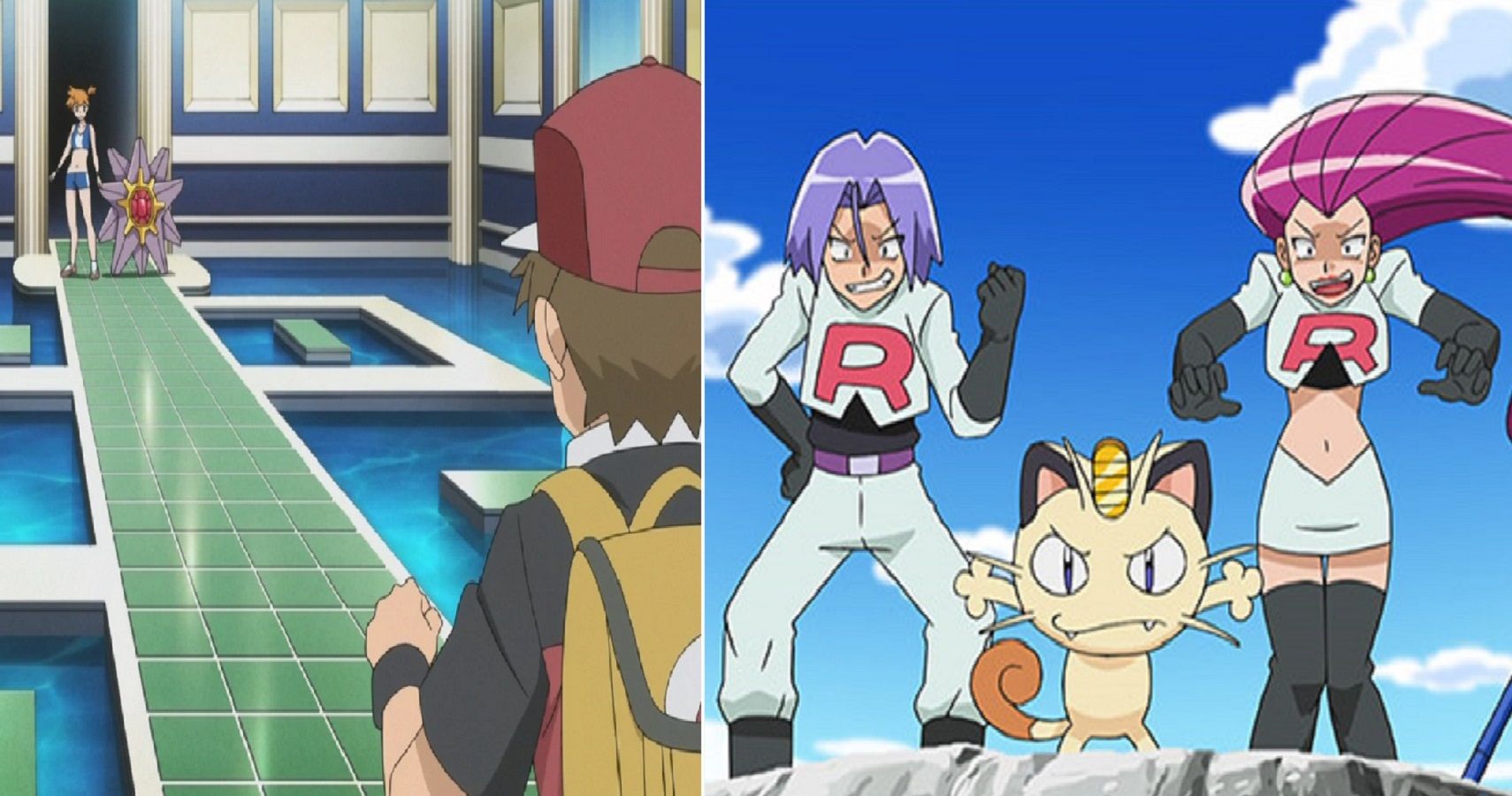
When the first generation of Pokémon arrived back in the nineties, it would have been tough to predict what a phenomenon the series would go on to become. Pokémon Red and Blue were deeply quirky little RPG adventures, which lit the blue touch paper under (and established a lot of the conventions of) one of the most beloved franchises of all time.
Revisiting it today, though, there’s no question that Gen I was super rudimentary. Let’s take a look at some of the things that have changed about the series, as well as some that have remained largely untouched.
10 CHANGED: Some Of The More Questionable Mechanics Have Been Fixed
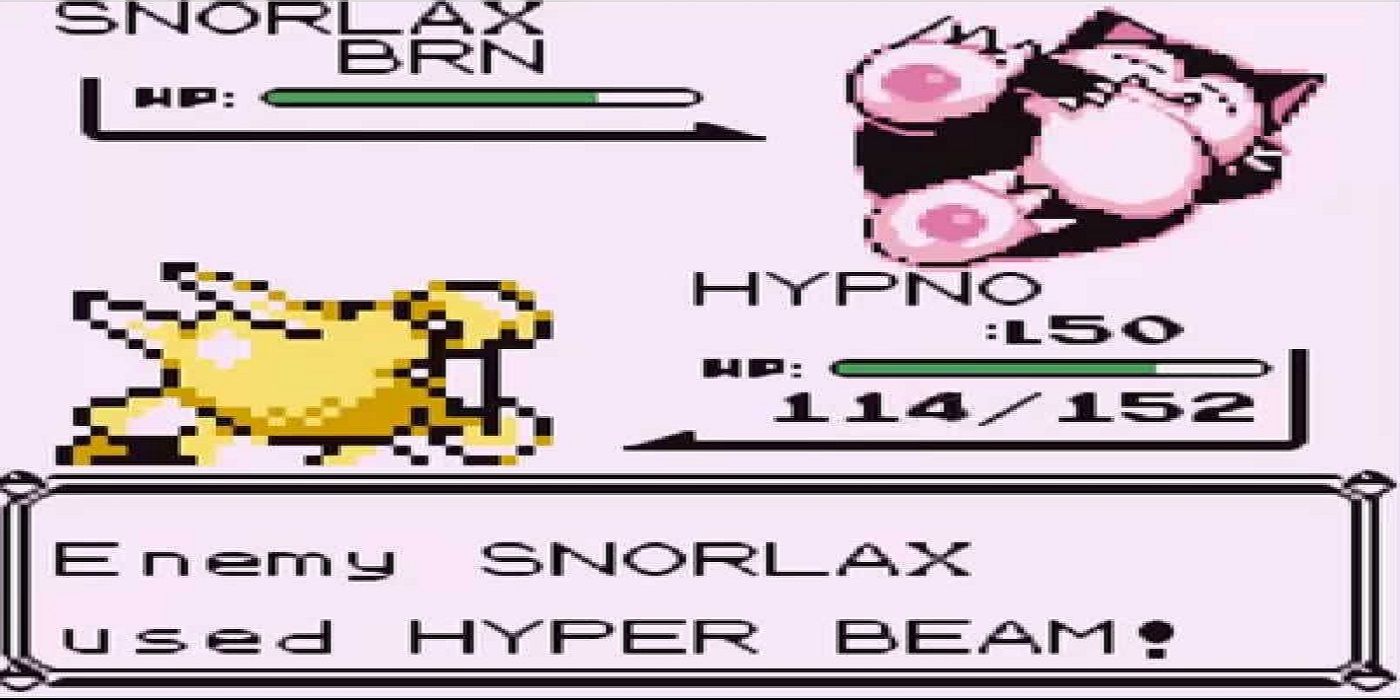
Long-time series fans will remember the bad old days, when the sleep status was hilariously random and Hyper Beam could be fired around willy-nilly (if it scored a K.O., there was no recharge turn). Wrap and Clamp, meanwhile, essentially doomed the target, because it trapped them in and prevented them from taking their turns while under the move’s effect.
When Wrap --of all moves-- is overpowered, you know something’s seriously wrong with the game’s balancing. Pokémon is hardly free of glitches, bugs and other issues today, but the fundamentals mostly work as intended now.
9 STAYED THE SAME: The Classic Starter Trio
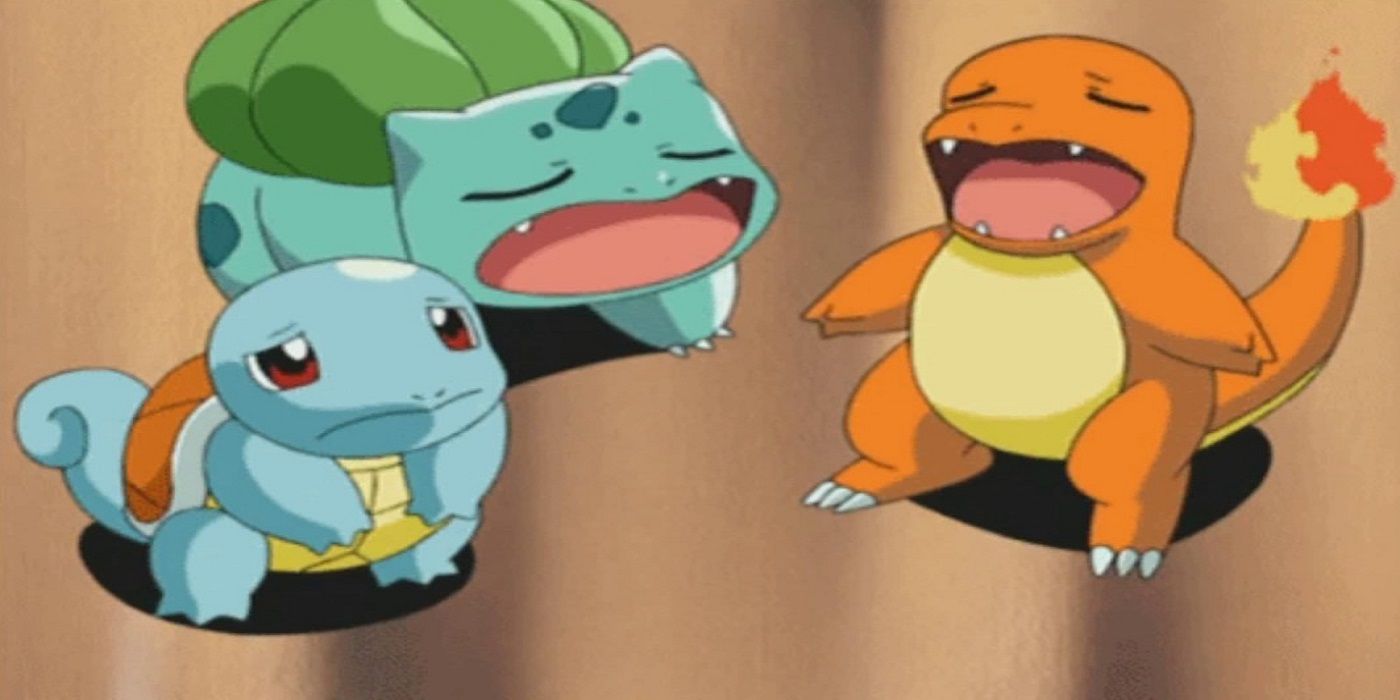
Pokémon is often criticised for playing things too safely, sticking too rigidly to its familiar formula. One of the key elements that comes to mind in this regard is the classic starter trio: Proudly Fire, Grass and Water for over two decades now.
Of course, this is to teach the basics of the type chart right off the bat, and though other combinations of three could do the same thing, it’s very hard to see Game Freak switching things up now. Dual typings add a little variety to proceedings, so that’s something.
8 CHANGED: From Sprites To 3D Models
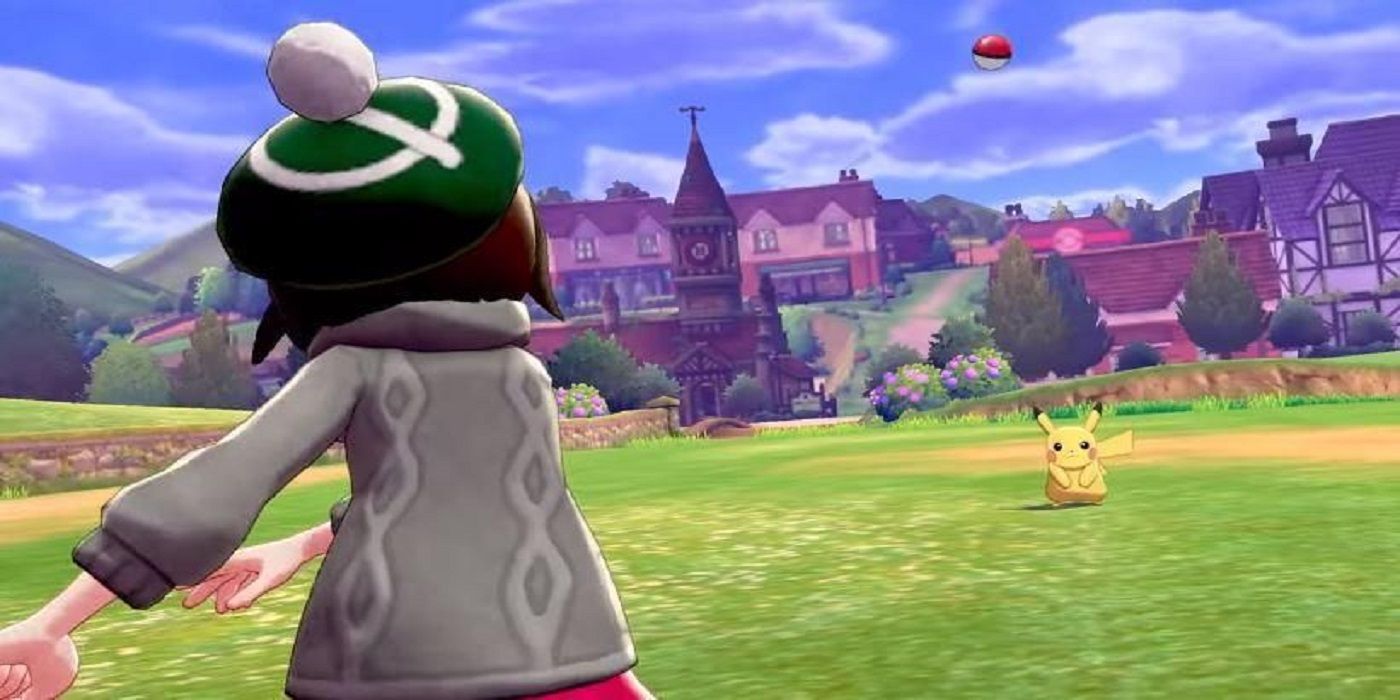
In terms of the fundamentals, Game Freak have proudly retained a lot of things for eight generations now. There’s one aspect that’s really out of their hands, though, and that’s the visual side of things. As handheld and console technology advances, Pokémon’s graphics have to as well.
Now, fans are divided between those who prefer the old-school sprites and those who dig the new 3D models. Some Pokémon fared better with one or the other, after all (Exeggutor’s sprite, for instance, was an absolute monstrosity), but ultimately, this was an inevitable change.
7 STAYED THE SAME: There’s Still A Rival Pestering You Throughout
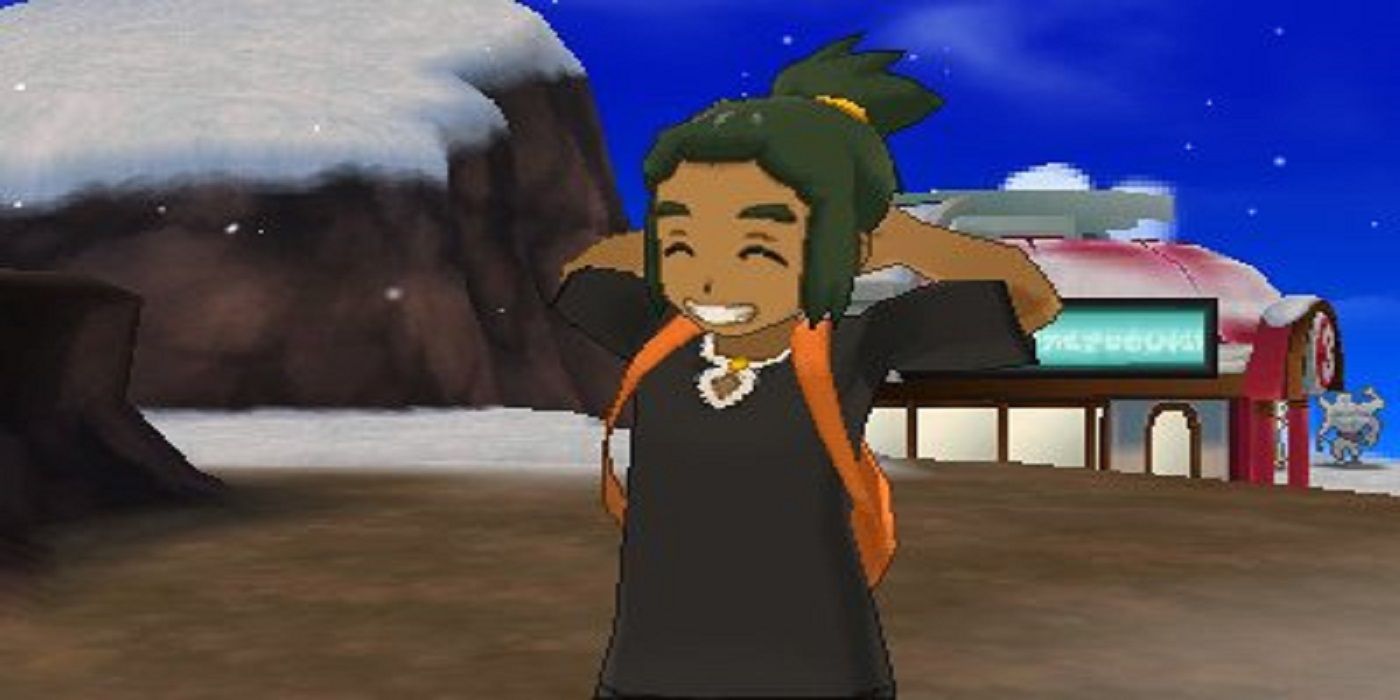
When Gary Oak first smelled us later back in the day, we didn’t know that we’d be in for another couple of decades of rival characters. Their personalities, specific goals and such have differed quite a bit over the generations, but they all have certain traits in common.
The main thing that defines a Pokémon rival is their incessant desire to battle us and/or to pop up with less-than-useful advice. Some were worse than others when it came to this (darn it, Hau, we know where the Pokémon Center is). Pokémon Sword & Shield’s Hop actually had an interesting and inspiring character arc, though, so props to Game Freak for that.
6 CHANGED: There’s Much More Depth To Battles
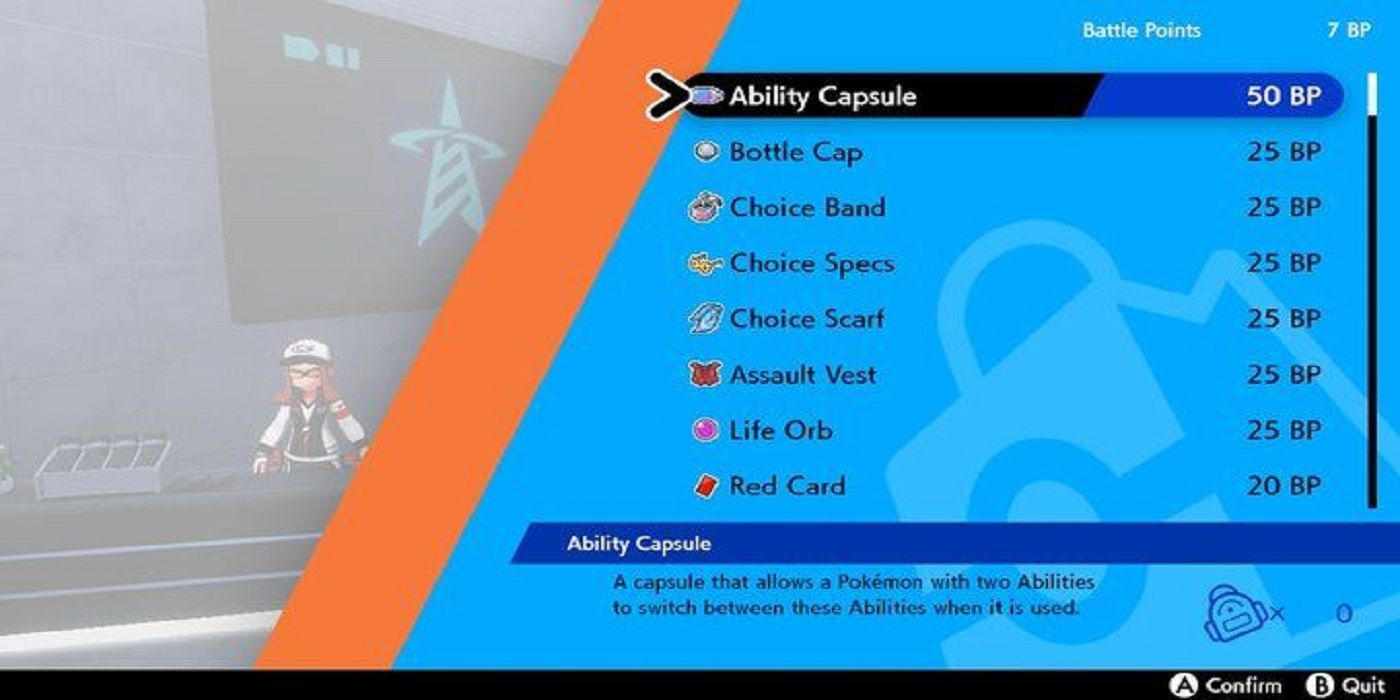
Of course, Pokémon isn’t intended to be a super complex and involved RPG. Its battle systems are designed to be accessible and easy for younger players to digest. This isn’t to say that battles haven’t become much deeper as the series has evolved, though.
When Pokémon Red & Blue launched, there were no natures, no held items, no abilities, no breeding or egg moves… all of these elements have since been added, enhancing the strategy of competitive play a hundredfold. Even for just the main game itself, these have been crucial additions, and the series may not have had the same long-term appeal without them.
5 STAYED THE SAME: There’s Always An Evil Team™
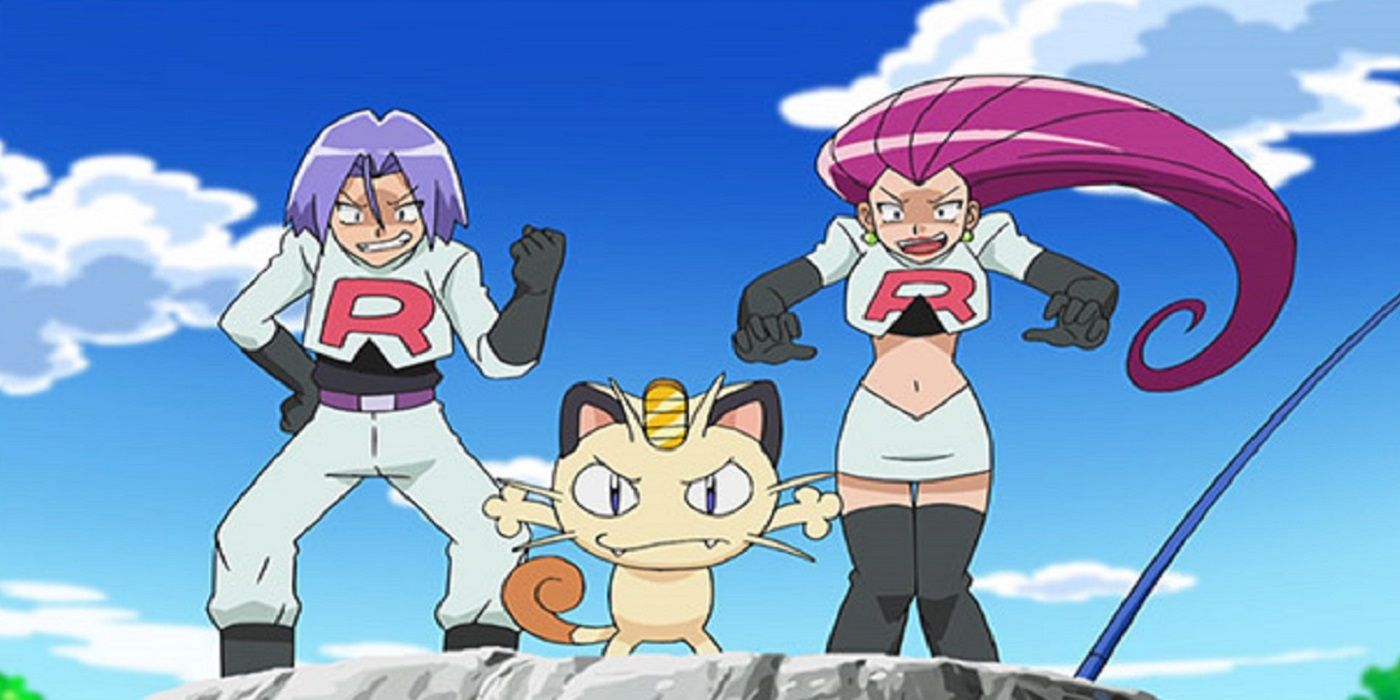
Well, there’s a bit of caveat to this one. Yes, there’s always an Evil Team™, but is the Evil Team™ always… evil? Perhaps not. There’s a bit of a gray area there, as Team Yell make clear.
Ever since the dastardly Team Rocket back in the original, each generation of Pokémon has brought us a new crew of threats to defeat. Team Magma, Team Aqua, Team Plasma, Team Skull… there’s always got to be some shady organization or other causing trouble to achieve their own ends. From simply stealing Pokémon to bringing about the apocalypse, said ends vary a lot. Team Yell of Sword & Shield are simply out to support Marnie and are quite protective of Pokémon, but they still oppose the player on several occasions.
4 CHANGED: The Physical/Special Split

As we’ve seen, Pokémon battles have been enhanced by all sorts of mechanics since the series debuted. Thanks to abilities, held items and the like, it’s a much more strategic game that it was originally. Another very important change that helped with this came in Generation IV: the physical/special damage split.
Prior to this change, all moves of certain types were either Physical or Special. For instance, Ice-type moves were all special attacks, while all Rock-type ones were physical attacks. This meant that many Pokémon had completely useless STAB (with Gyarados’ awful Special Attack, for instance, it could barely use Water moves), so this crucial change really levelled the playing field.
3 STAYED THE SAME: There Are Two Versions Of Each Game To Choose From
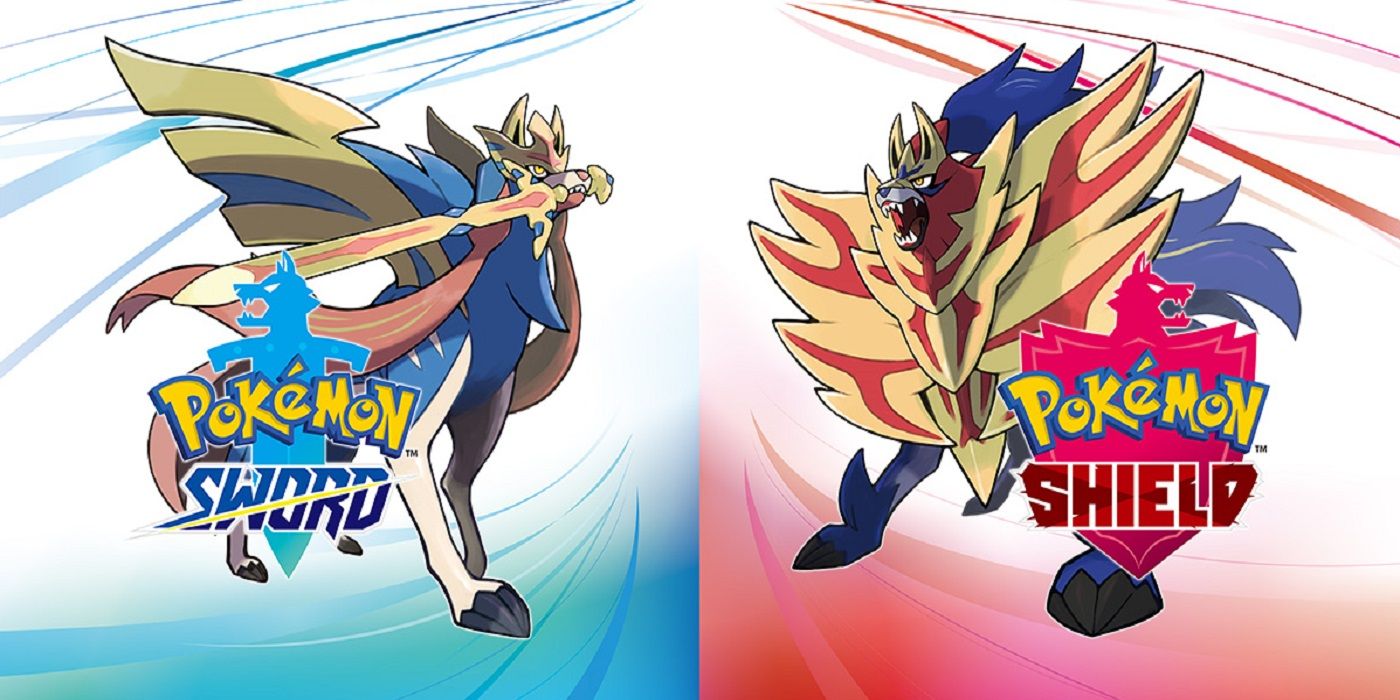
As long-time fans will know, the concept of community has always been baked right into the series. The developers push co-operative and competitive play as hard as they can, which is why it’s not really possible to catch ‘em all by yourself. Not with just one copy of the game, at least.
As such, version exclusives have always been a factor. All the way from Generation I, two separate versions of each game have been released. Mascot Legendaries, regular Pokémon and other factors differ between them, so there’s always a significant choice to make.
2 CHANGED: Story DLC Is Now A Factor For The First Time
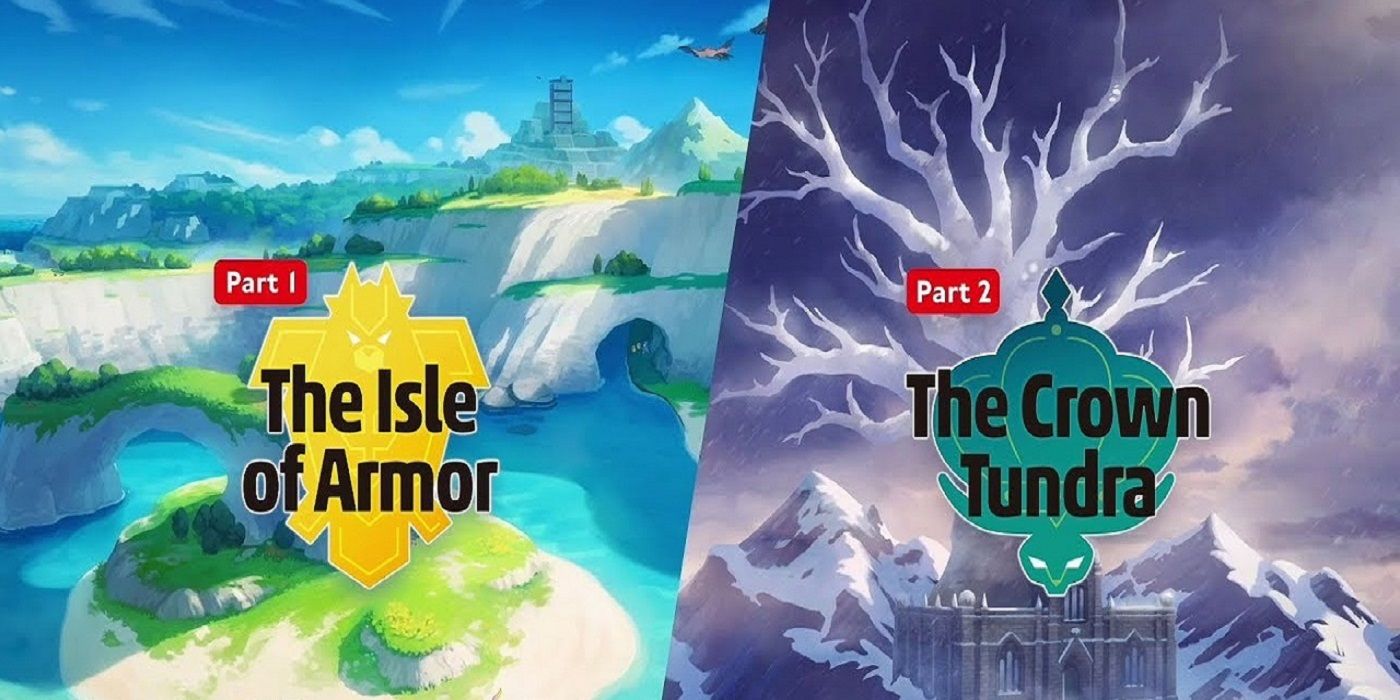
As we also know, Nintendo systems have never exactly been at the cutting edge of online functionality. DLC for first-party Nintendo titles has only recently been gathering steam, and while Pokémon isn’t a Nintendo-developed series, it’s also just starting to dip its toes into this lucrative pool.
This year, Pokémon Sword & Shield will see the series’ very first story DLC released, in two instalments: The Isle Of Armor expansion in June and the Crown Tundra expansion in the fall. Each will bring new areas to explore and new (to Galar) Pokémon to catch. Interestingly, it seems that this may be the end of the franchise’s traditional ‘third release,’ such as Pokémon Gold & Silver’s Crystal.
1 STAYED THE SAME: The Iconic Gym Challenge
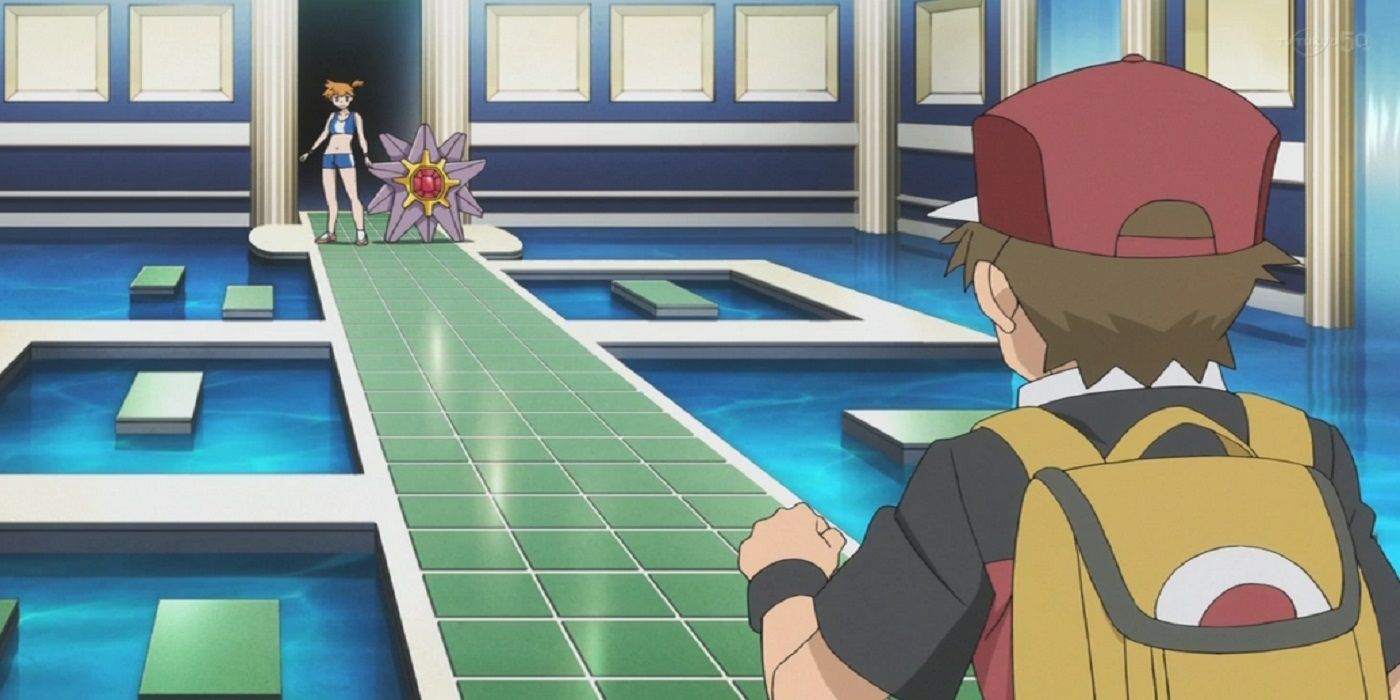
Now, granted, this particular part of the formula has been shaken up quite a bit of late. In Alola, for instance, the Gym challenge was replaced by the Island Challenge. Essentially, though, the concept remains the same: the player takes on a series of trials throughout the region, culminating in a match with the Elite Four (or a similar showdown).
In terms of your main objective throughout the adventure and a general way of marking your progress, the Gym challenge has always been the core of the Pokémon experience, and it probably always will be.

Post a Comment